Perfect Squares and Perfect Cubes Posters
This blog post contains Amazon affiliate links. As an Amazon Associate, I earn a small commission from qualifying purchases.
Want to check out my favorite Amazon items for the classroom? Check out my Amazon favorites page!
I am very excited about these perfect squares and perfect cubes posters that I created to decorate my high school math classroom! These posters were inspired by the amazing Clarissa Grandi, a maths teacher in the UK.
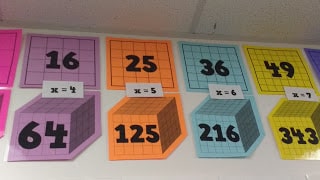
If you like making math pretty and colorful, you must check out Clarissa Grandi’s website! I highly recommend checking out her classroom display ideas post.
Clarissa shared a visual representation of the different perfect squares and cubes. She placed pre-cut numbers on top of the squares/cubes. I decided I wanted to simplify things and create a set of printable posters where the numbers are printed directly on the squares and cubes.
I created posters for both the first ten perfect squares and the first ten perfect cubes.
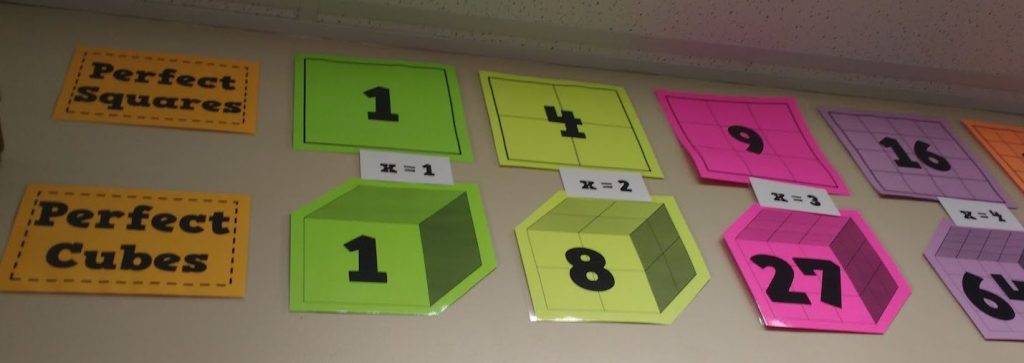
I printed the perfect squares and perfect cubes posters on colored paper and laminated them.
MATH = LOVE RECOMMENDS…

A laminator is a MUST-HAVE for me as a math teacher! I spent my first six years as a teacher at a school with a broken laminator, so I had to find a way to laminate things myself.
I’ve had several laminators over the years. I currently use a Scotch laminator at home and a Swingline laminator at school.
I highly recommend splurging a bit on the actual laminator and buying the cheapest laminating pouches you can find!
If a printable reference chart is more your jam, check out my free printable list of perfect squares.
I also added some title posters that say “Perfect Squares” and “Perfect Cubes.”
I just LOVE looking at these!
I do need to give credit where credit is due. My husband graciously used his geogebra skills to make the images of the cubes for me. Thanks Shaun!
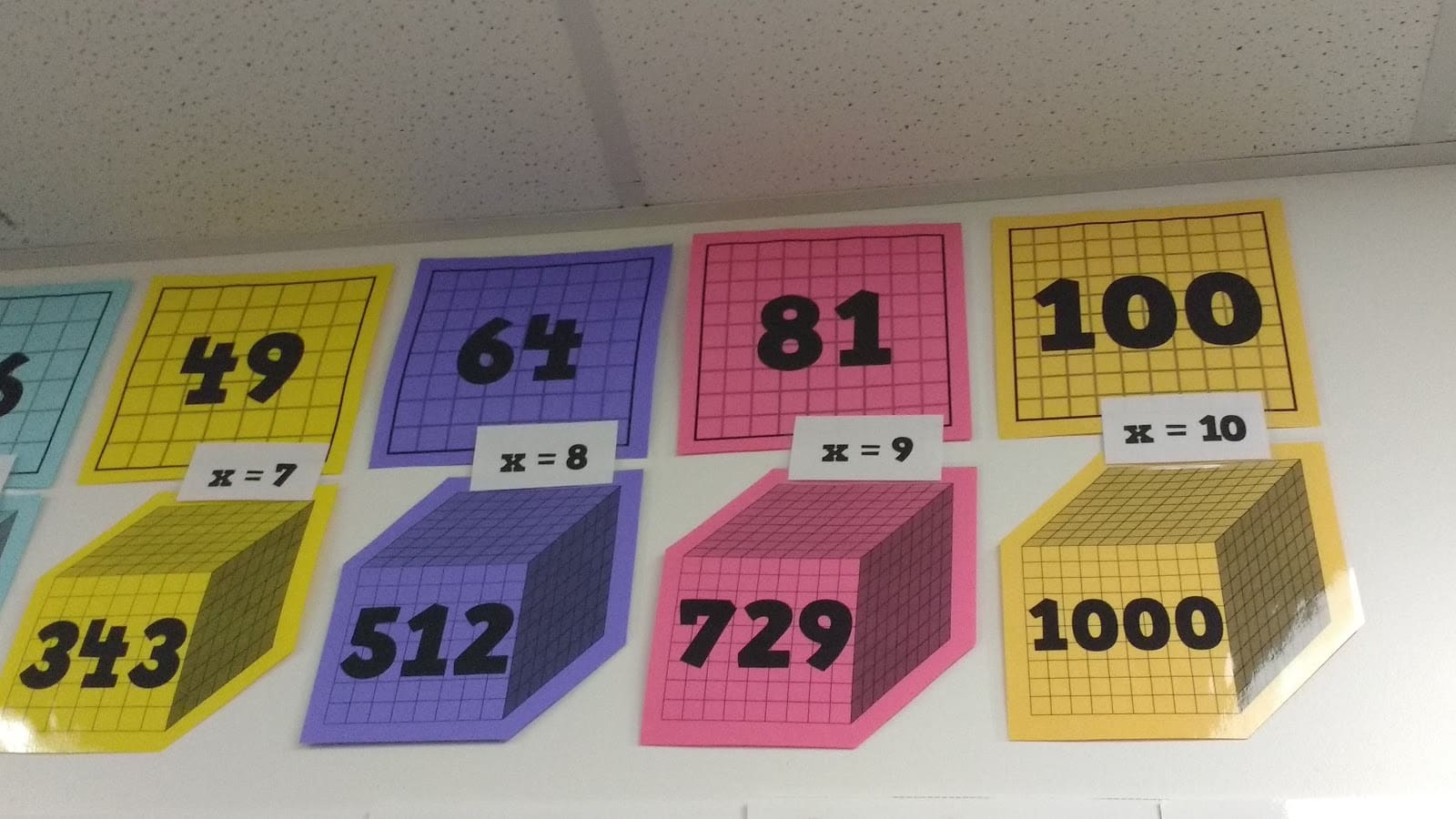
Did you notice that I used the same colors for both sets of posters? This way, 1 squared and 1 cubed are the same color. 2 squared and 2 cubed are the same color, etc.
The first time I printed these posters off, I somehow got the colors off. It bugged me so much I had to print another set!
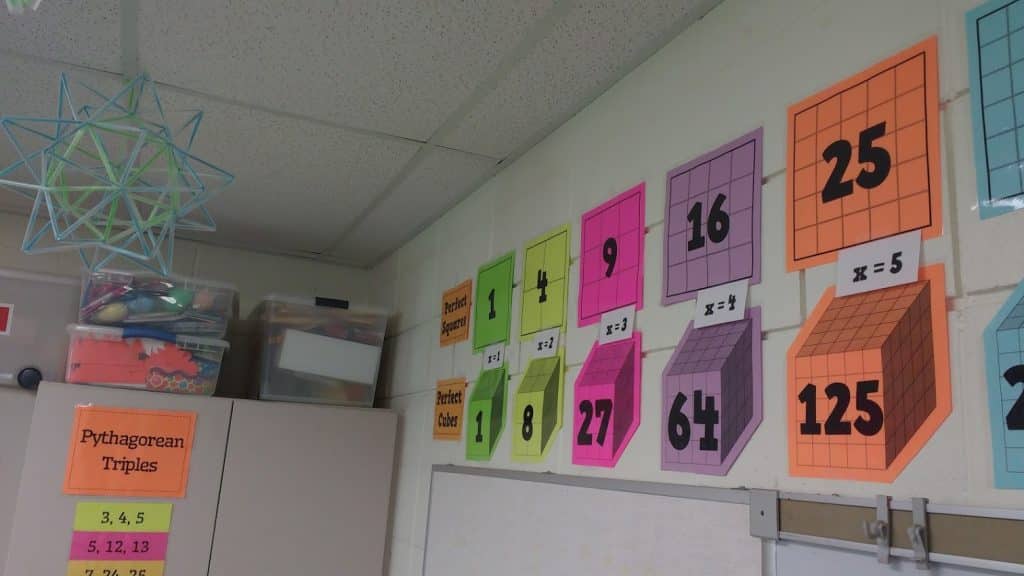
Fun Fact: These perfect squares posters are perfect for helping students with the Perfect Squares Puzzle.
More Perfect Squares Poster
You might also be interested in the More Perfect Squares Poster I created when I realized my students needed to recognize perfect squares higher than 100.
(This was originally posted as a separate blog post on August 31, 2017)
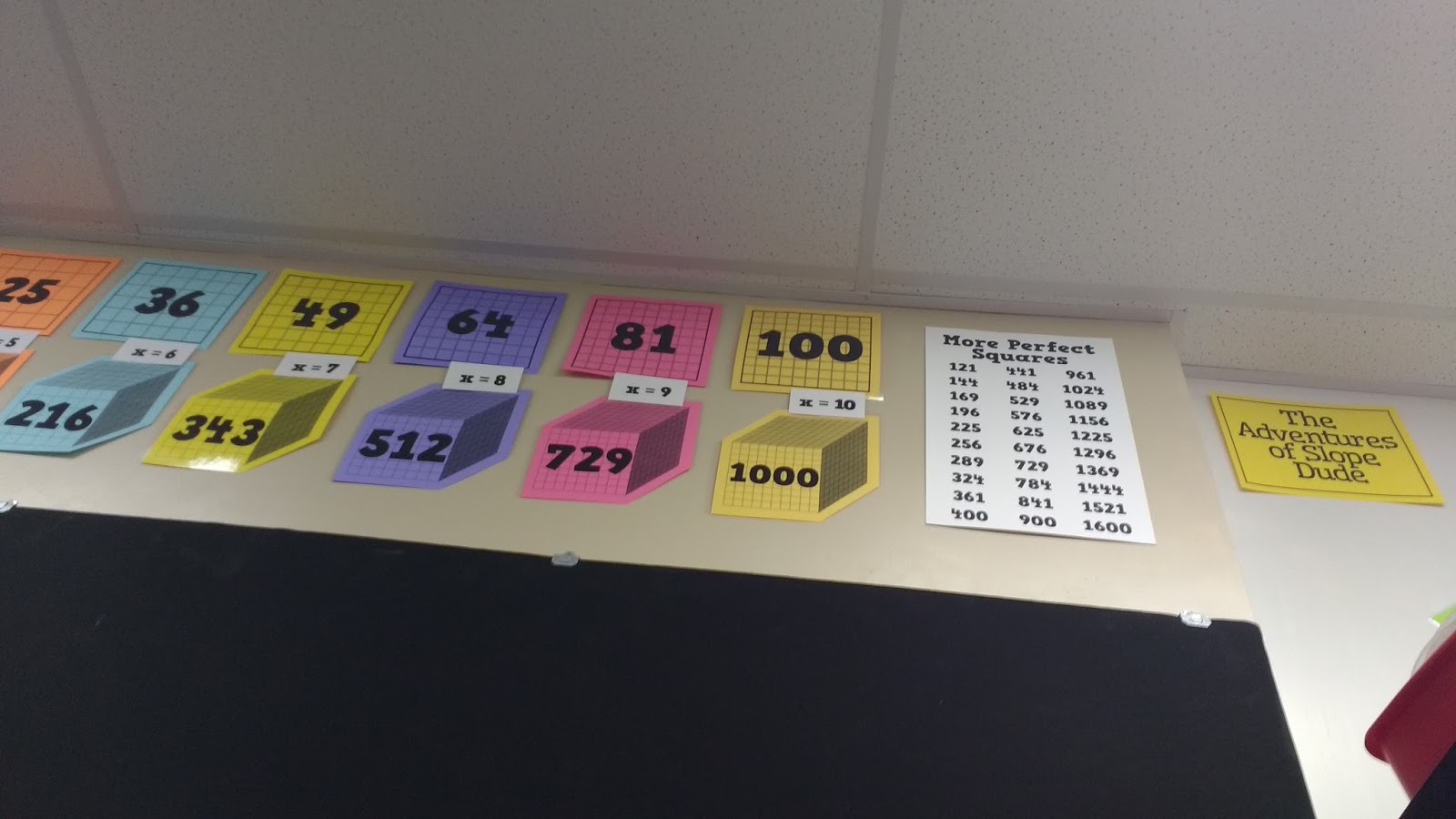
Last year, I put up posters of the first ten perfect squares and perfect cubes in my room. They looked awesome, and students referenced them throughout the year. However, I found that my students often needed to know if a number that was higher than 100 was a perfect square.
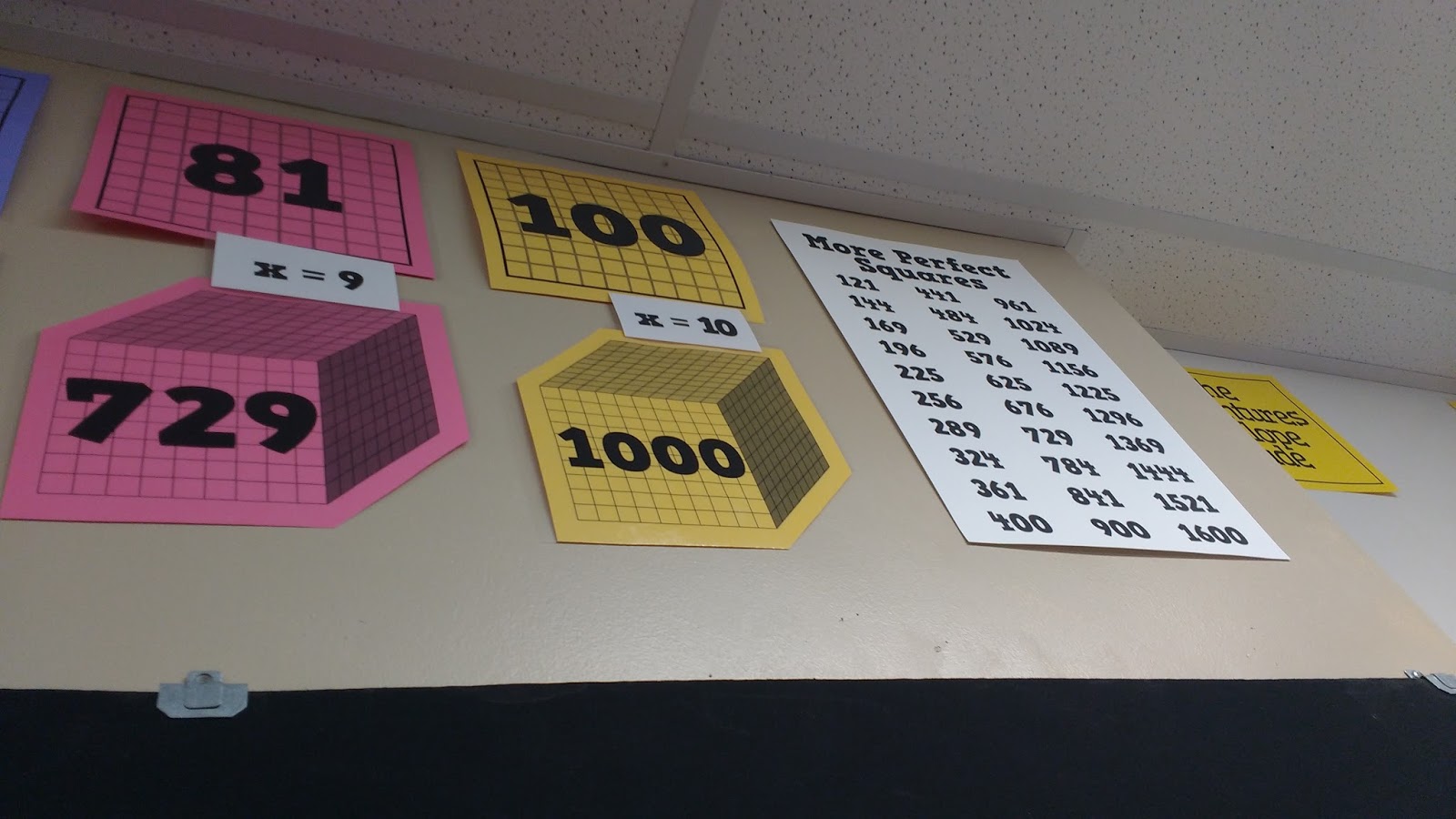
I don’t have the wall space necessary to go farther (or the patience necessary to tape that many more posters on the wall!), so I made a More Perfect Squares poster to hang next to my existing posters.
Here’s what I came up with:
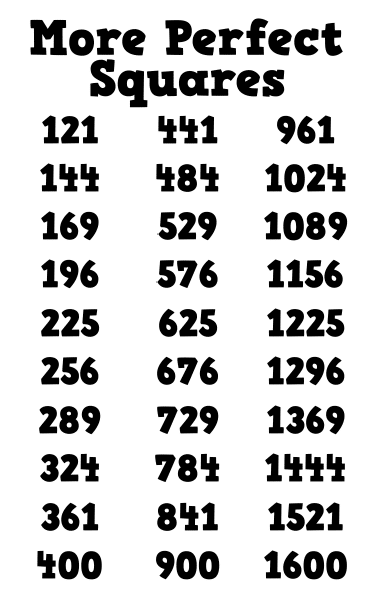
I printed this More Perfect Squares poster on 11 x 17 cardstock.
I was given a package of this cardstock a few years ago, and I wasn’t quite sure what to do with it for the longest time. Then, I started making posters with it.

Later, I began using it to make group-sized reusable activities with my 11 x 17 dry erase pockets.
I’ve used so much of it lately, that I just had to order a new package from Amazon!
If you want a printable reference chart for your students, check out my printable list of perfect squares.
Free Download of Perfect Squares and Perfect Cubes Posters
These posters are available in PDF format and as editable Publisher files. You will need to make sure you have Microsoft Publisher installed on your computer in order to edit the files.
If you want to edit the Publisher file, you’ll also need to download the font HVD Comic Serif Pro or substitute your own favorite font.
Perfect Squares – PDF
Perfect Squares Posters (PDF) (6552 downloads )
Perfect Cubes – PDF
Perfect Cube Posters (PDF) (5339 downloads )
1-10 Labels – PDF
Numbers 1-10 for Perfect Squares and Perfect Cubes (PDF) (4673 downloads )
More Perfect Squares – PDF
More Perfect Squares Poster (PDF) (1760 downloads )
Editable Publisher Files
Perfect Squares and Perfect Cubes Posters (Editable Publisher Files ZIP) (3206 downloads )
More Perfect Squares Poster (Editable Publisher File ZIP) (935 downloads )
You can find all of the posters I’ve ever created on my posters page.
More Free Printable Math Posters
- Divisibility Rules Chart
- Concavity Posters
- ASTC Trig Quadrant Poster (CAST Diagram)
- Factorial Poster
- Math Valentine Conversation Hearts Posters
- 5 Free Printable Trigonometry Posters
- Equality and Inequality Symbols Posters
- Modular Origami – Sonobe Classroom Display
- Unit Circle Magnets
- Trig Functions Posters
- Parts of a Radical Poster
- Roman Numerals Poster

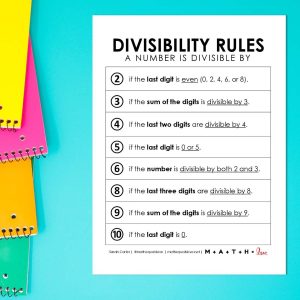


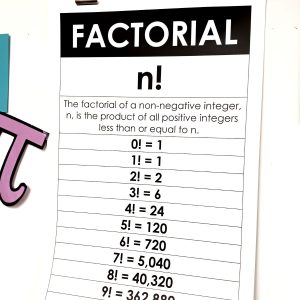



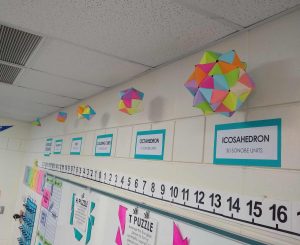
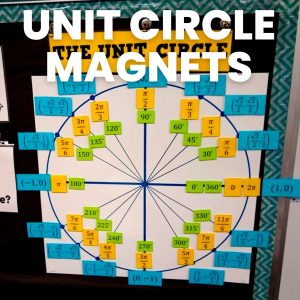
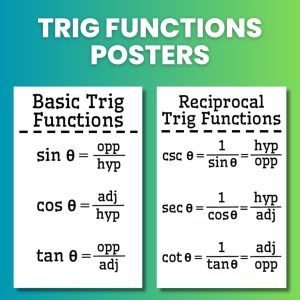
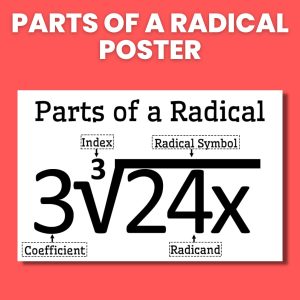
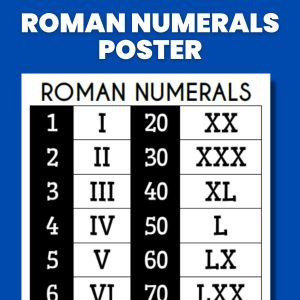
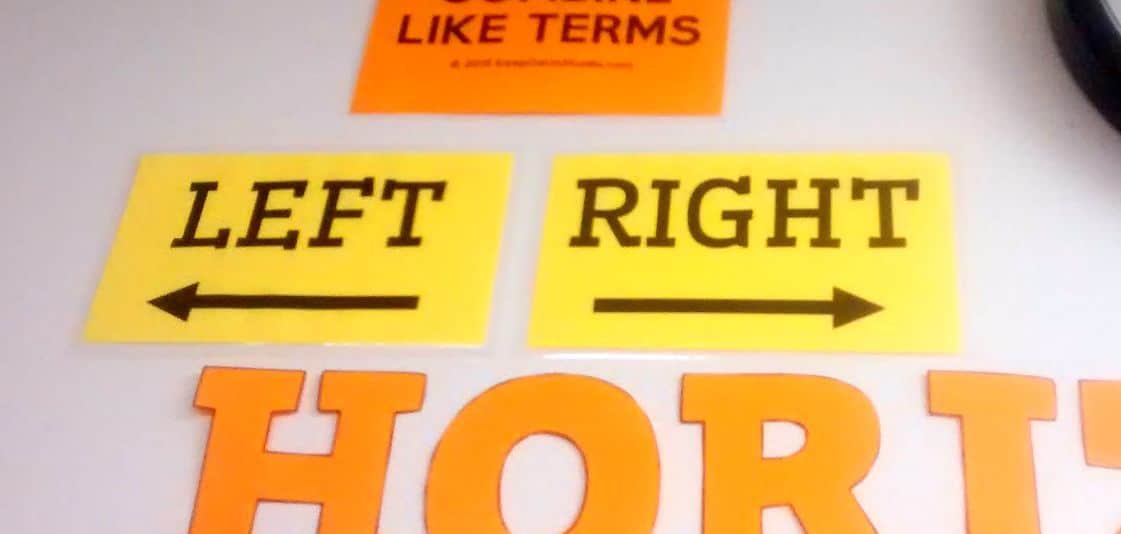
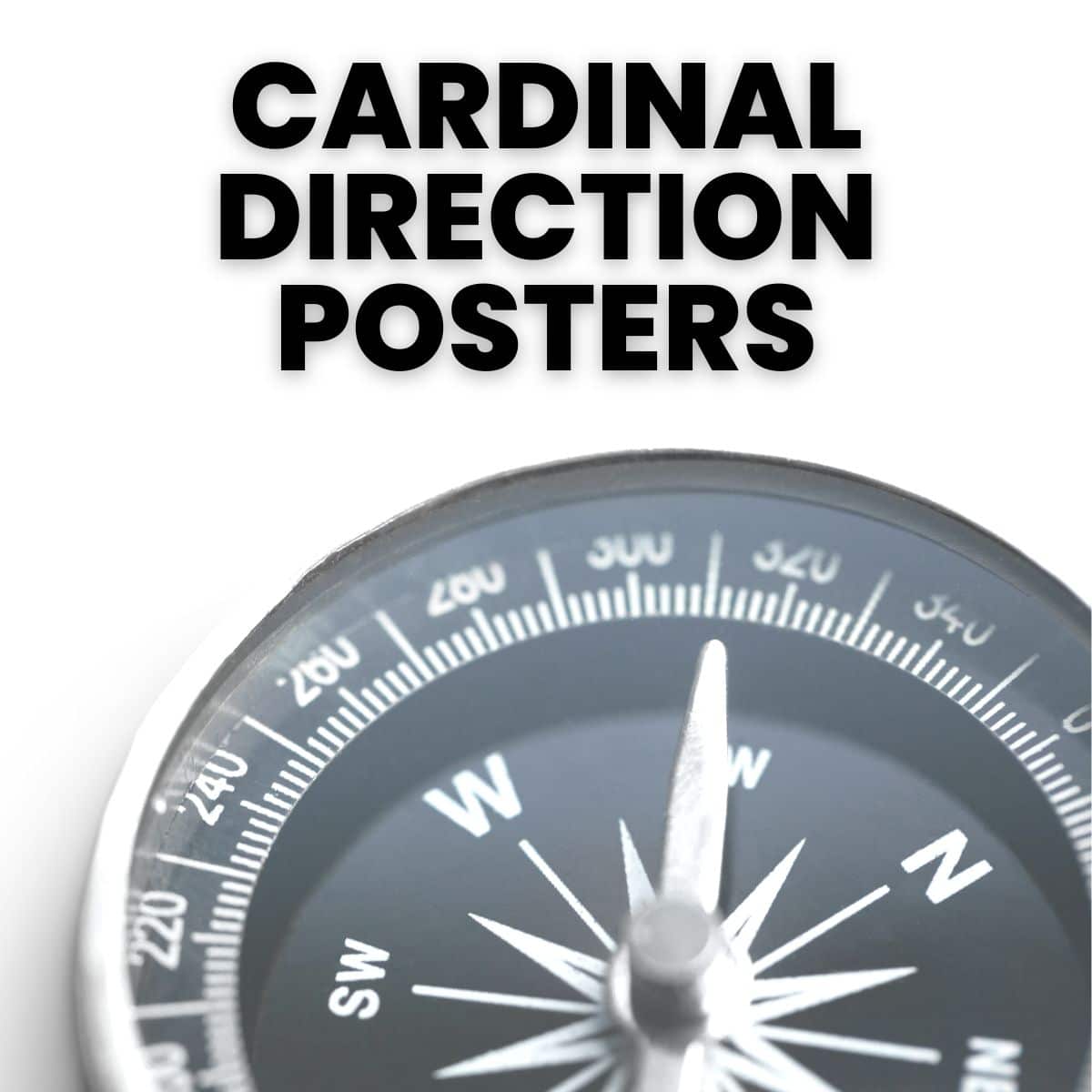
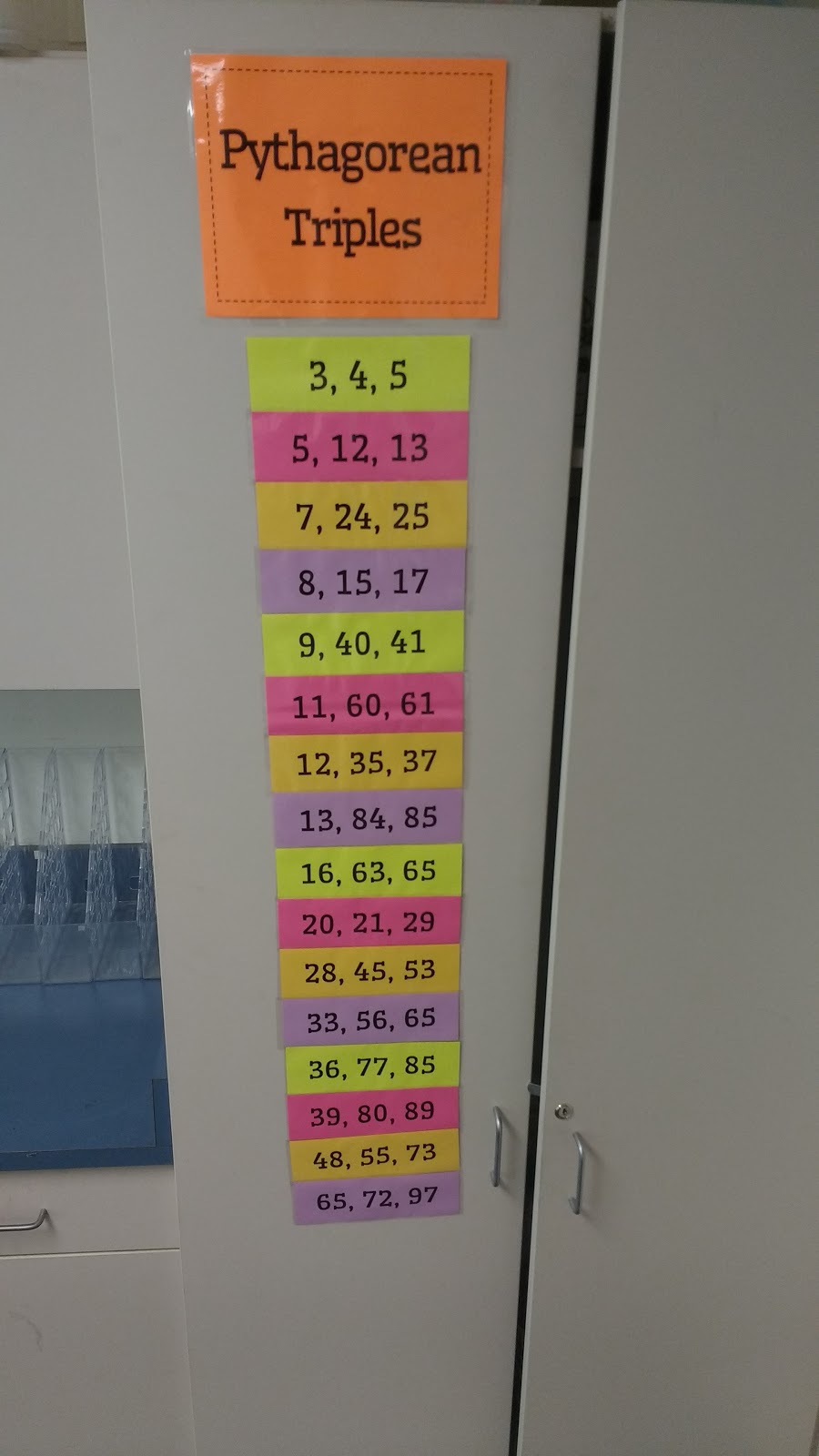

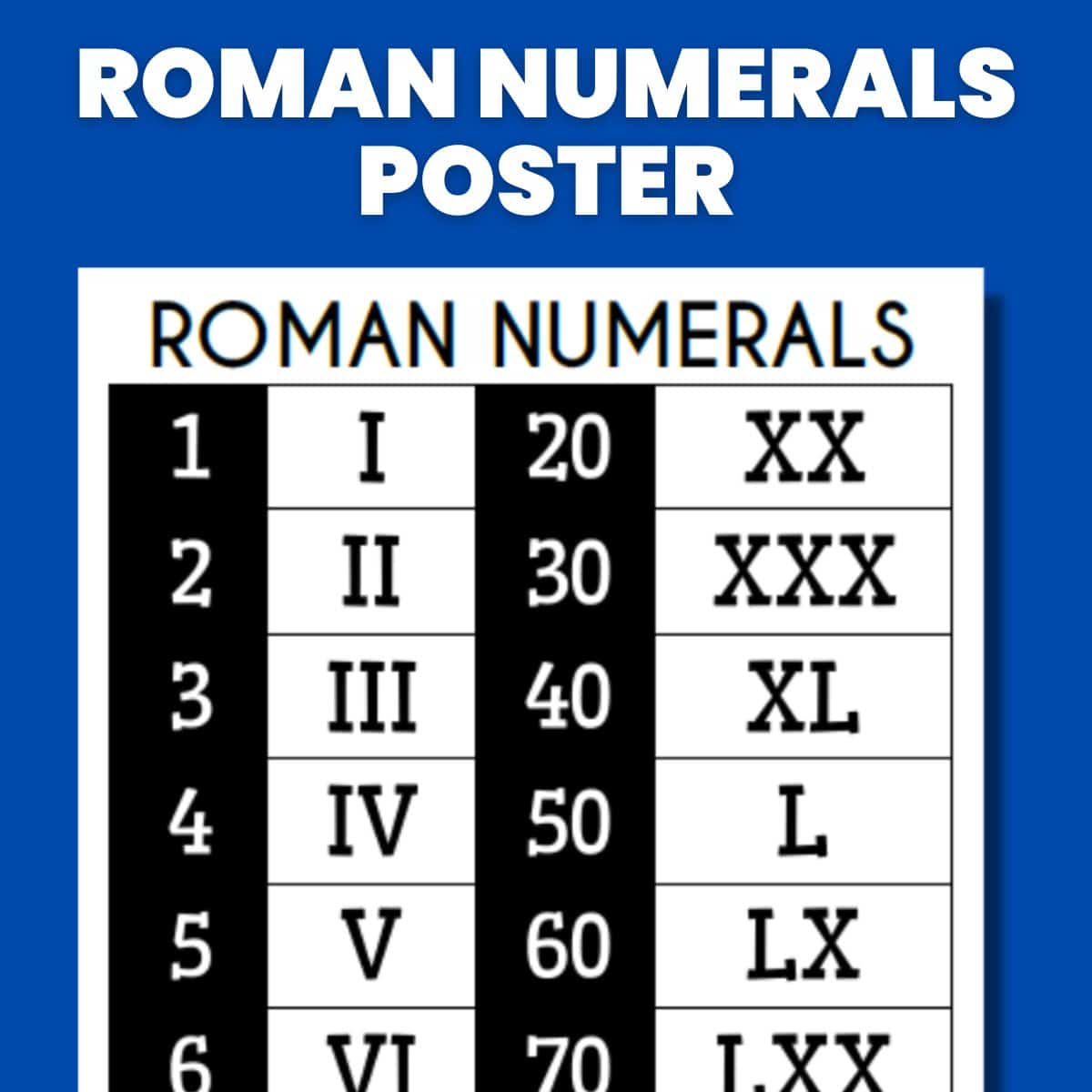

I really like these. Thanks so much. I love that you share with other teachers free stuff. Grateful!
Thanks, Bridgette!
I totally agree with Bridgette! You have the most amazing blog! Thanks for sharing! : )
Awwwwww…thanks!
Your blog is so amazing. So many great ideas!
Thank you, Danielle!
I love the square number posters but would like to go all the way to 400 or maybe even 625? Do you have a link for making your own square posters? Thank you!!
I just made the squares using tables 🙂
Your stuff is amazing! I printed out the perfect squares and now I want to print out the cubes that your husband made but I'm not able to. Can you email them to me? Thank you!!
Printing these off now. Thank you so very much!
Interesting idea to ponder: which perfect cubes are also perfect squares and why?
THANK YOU!!! This is perfect for my 6th grade students to see and visualize what squares and cubes even are!!! Thanks!
Thank you for sharing!! Getting them ready this week for my wall!
Thank you so much!!! Anyway to make the perfect squares up to 15? I've tried to do it, but can only print the numbers…I've never used publisher!
I actually figured it out! Thanks again for creating these…I will be posting them in my room tomorrow!
Thank you so much for creating and sharing! I love this visual and am excited to have them hung up in my classroom. Hopefully my students will like it half as much as I do.
Great idea! Don't know if you have noticed, but 3^2 has 12 squares instead of 9.
I fixed the file. It was an OOPS! moment…